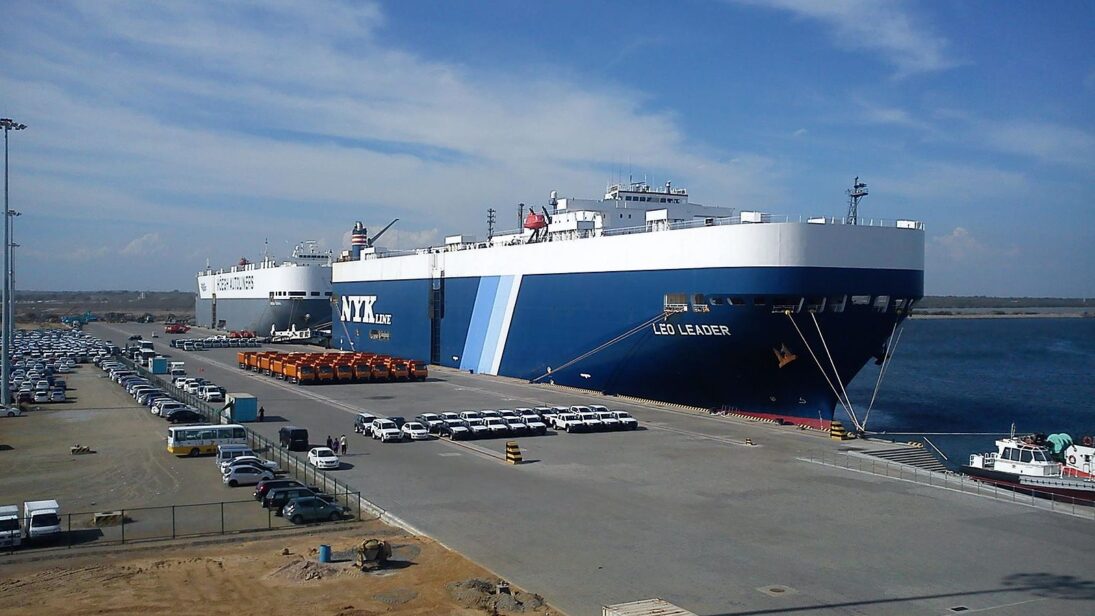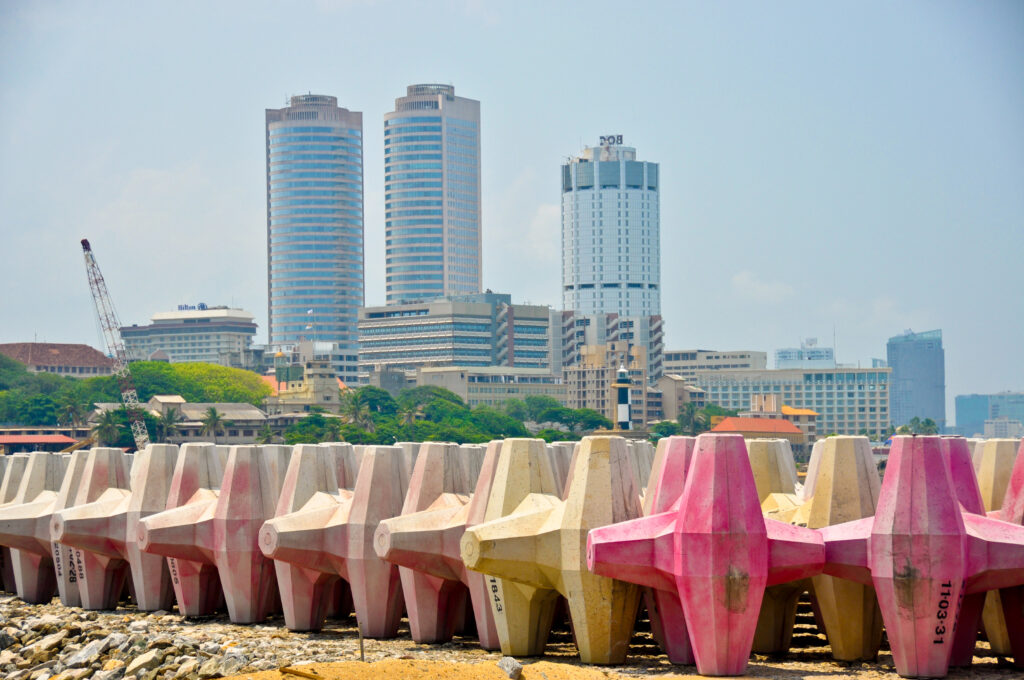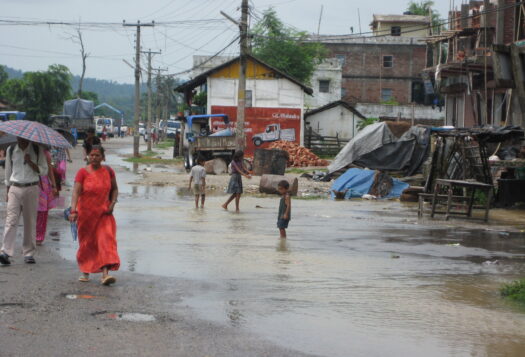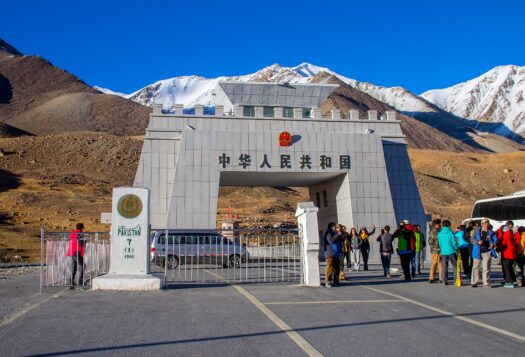
Sri Lanka is facing its first debt default since its independence. On 12 April 2022, the Sri Lankan government announced that it will suspend all foreign debt repayments, except to multilateral development banks. It is now seeking a bail-out from the International Monetary Fund (IMF) and needs to restructure nearly USD $30 billion of debt. To many, the default is the consequence of China’s ‘debt-trap diplomacy’. Sri Lanka, as the common wisdom goes, has already had to cede the port of Hambantota to China because it could not pay its debt. The Hambantota debt-trap “meme”, as Deborah Brautigam has called it, continues to circulate even among China experts, but it has long been debunked by Sri Lankan economists. The real picture of Sri Lanka’s debt distress is much more complicated.
Hambantota: China’s ‘debt-trap diplomacy’?
The term ‘debt-trap diplomacy’ was popularized by the Indian geostrategist Brahma Chellaney. In a widely cited opinion piece, Chellaney argued that entrapping countries through oversized loans was “clearly part of China’s geostrategic vision”, and he accused China of designing projects in a way that makes it difficult for countries to repay their debt, forcing them to hand over strategic assets to China. The background to Chellenay’s allegation was that, in October 2016, Sri Lanka announced that it would hand over 80 per cent of the Hambantota Port to China Merchants Holding. Reuters reported that Sri Lanka would sell the stake “to cut the country’s debt burden”. According to Sri Lanka’s Finance Minister Ravi Karunanayake, the money from the deal was to be used “to repay expensive foreign loans”. The port, however, was not ‘sold’ to China; as Sri Lankan newspapers reported, it was a lease for 99 years. Karunanayake’s statement, nonetheless, was (mis)interpreted as to mean that Sri Lanka had to cede the port because it could no longer pay its debt to China.
The Hambantota debt-trap “meme”…continues to circulate even among China experts, but it has long been debunked by Sri Lankan economists.
The debt-trap diplomacy narrative went viral. In May 2018, a Harvard graduate students’ policy analysis exercise paper for the US State Department named Hambantota a case of China’s “Debtbook Diplomacy”. The authors described it as an example of what the 2018 US National Defense Strategy had defined as “predatory economics”: China pursued a “coercive leveraging of debt to acquire strategic assets”. Several newspapers cited this as academic proof of China’s predatory lending.
Paying the West
However, as Sri Lankan economists subsequently pointed out, Sri Lanka’s repayment crisis had little to do with China. Certainly, the Hambatonta Port’s construction was economically a questionable undertaking, but the loans for its construction, obtained from China Eximbank in several instalments, were mostly on concessional terms, typically at fixed rates of 2 per cent, with other fees of 0.5 per cent and average maturity of 15-20 years. At the time of the lease, debt repayments for Hambantota amounted to only about 5 per cent of Sri Lanka’s total annual external debt, as repayment of some loans had not even begun. The largest portion of Sri Lanka’s foreign debt was international sovereign bonds (ISBs), commercial borrowings obtained from international capital markets since 2007.

The “expensive foreign loans” that Finance Minister Karunanayake spoke of, which Reuters and others had interpreted as Chinese loans, were in fact USD 5 billion of ISBs maturing between 2019 and 2022. These Sri Lankan accounts were referenced as case studies (along with other countries) in several research papers looking for evidence of debt-trap diplomacy in the context of the BRI, e.g. by Brautigam (2019), Jones & Hameiri (2020), and Acker et al. (2020). None found evidence of asset seizures. Moreover, they showed that borrowers, like Sri Lanka, were not hapless victims but actively shaping outcomes with the Chinese development finance system. However, the debt-trap narrative continued dominating the international public and political debate.
China helped delay Sri Lanka’s default
After Sri Lanka announced a foreign currency sovereign debt default in June 2022, Umesh Moramudali and Thilina Panduwawala offered a detailed account of China’s role in Sri Lanka’s debt situation. At the beginning of the 2000s, China accounted for less than 1 per cent of Sri Lanka’s foreign debt. After the end of Sri Lanka’s civil war in 2005, Chinese loans increased steadily, driven by President Mahinda Rajapaksa’s vision of infrastructure-based development, and by China’s willingness to continue lending while other lenders tightened their scrutiny after Sri Lanka graduated to a lower middle-income country. Among Rajapaksa’s plans was the construction of a new port and trade hub in his home province of Hambantota, which China agreed to fund in several instalments. Meanwhile, the global financial crisis of 2007-2008 eased access to debt markets in developed countries — Sri Lanka borrowed massively. However, Sri Lankan exports stagnated and the Hambantota Port was running deficits, while balance-of-payment vulnerabilities grew. In 2015, the Rajapaksa government was voted out of power. For his successor, Ranil Wickremesinghe, getting rid of his predecessor’s unprofitable pet project was a way to mobilize the foreign exchange reserves needed to repay the maturing ISBs, and thus to avoid policy reform conditionality attached to lending from multilateral institutions like the IMF.
The World Bank estimates that Chinese lending amounts to up to 12 per cent of Sri Lanka’s USD 63 billion external debt. The figure is higher if using the broader definition of Public and Public Guaranteed (PPG) debt, which includes Chinese commercial lending to the Sri Lankan government and state-owned enterprises (SOEs). China’s PPG share is around 20 per cent. The ISBs make up about 36.5 per cent of Sri Lanka’s foreign debt. In 2021, the ISBs accounted for 47 per cent of total foreign debt repayments, compared to China’s 26 per cent. The debt to China, argue Moramudali and Panduwawala, was overestimated, while the debt-trap debate diverted the attention from the real issue — Sri Lanka’s choice to borrow at high rates from international markets despite economic stagnation. Sri Lanka owes the majority of its debt to the West. China did not lure Sri Lanka into a debt trap, but it played a role in delaying the default and any necessary reforms by several years.
Only by clearly identifying the proper ills can something be done about them
Sri Lanka is a good example of how the first story always sticks. It has become very difficult for subsequent research to refute the debt-trap diplomacy assumption and correct the once-established image in the public perception. In this respect, debt-trap diplomacy has some parallels with the myths about China’s social credit system — myths so pervasive that attempts to explain the real system provoke accusations of denying the system’s problems.
However, it is only by focusing on the proper ills, and identifying them clearly, that (maybe) something can be done about Sri Lanka’s problems. You don’t want to waste resources fighting something that does not exist.
Precisely because China is the world’s largest bilateral creditor, and many of its borrowers face the risk of excessive debt, it matters to get things right in the analysis of lender-borrower relations. Misrepresentations distract from the real and complex problems of borrowers and do not help to find solutions and prevent future problems. For now, however, the big challenge will be to get the largest bilateral lenders, China and its rivals India and Japan, to agree on a common approach to restructure Sri Lanka’s debt. As a middle-income country, Sri Lanka did not qualify for the G20 Common Framework, a program set up to help heavily indebted countries deal with the fallout of the COVID-19 crisis. Now, China, as Sri Lanka’s largest bilateral creditor, will play a key role in Sri Lanka’s debt restructuring process.
Editor’s Note: A version of this piece originally appeared on 9DashLine and has been republished with permission of the editors.
***
Click here to read this article in Urdu.
Image 1: Hambantota Port via Wikimedia Commons
Image 2: Asian Development Bank via Flickr


